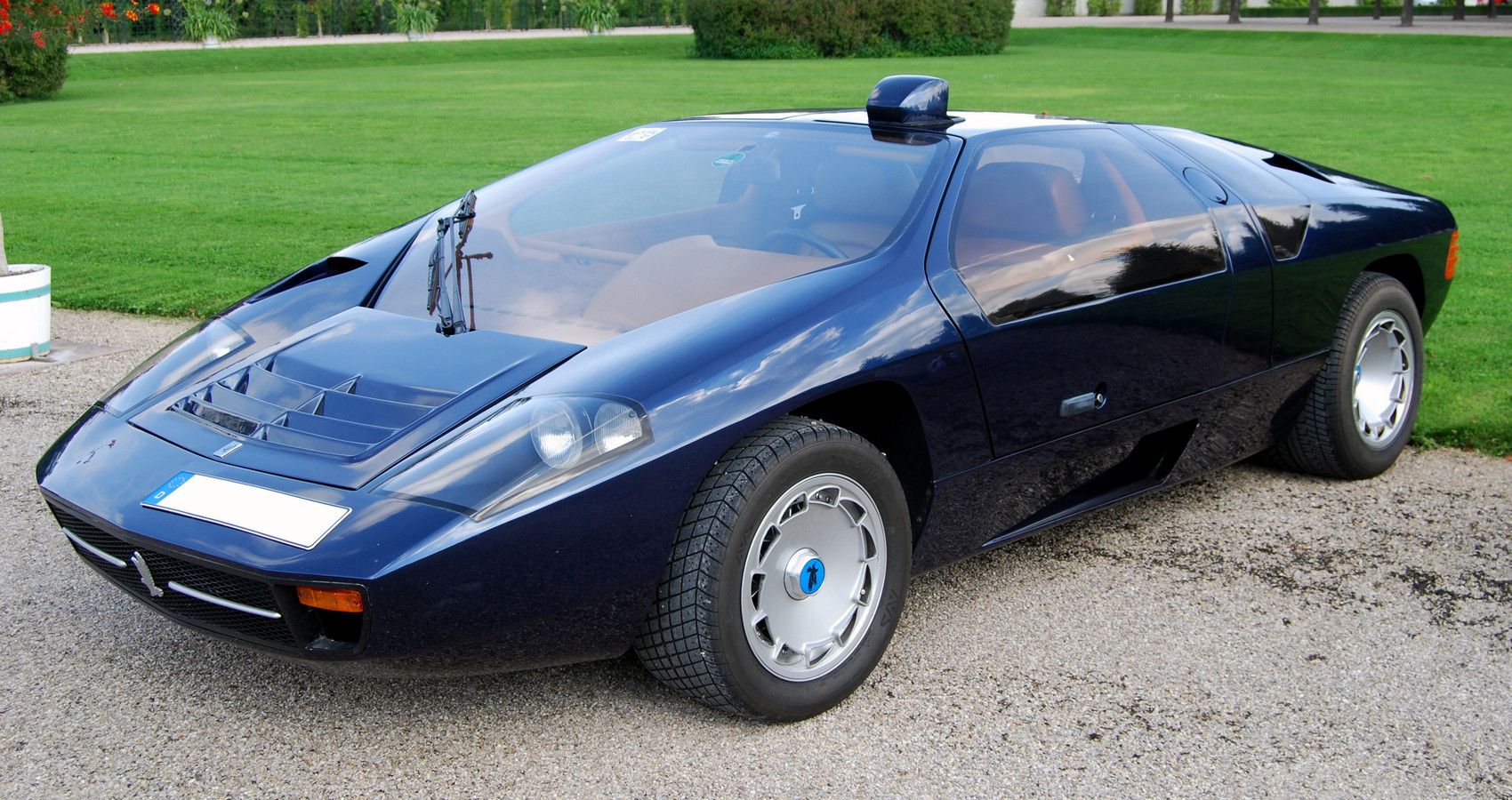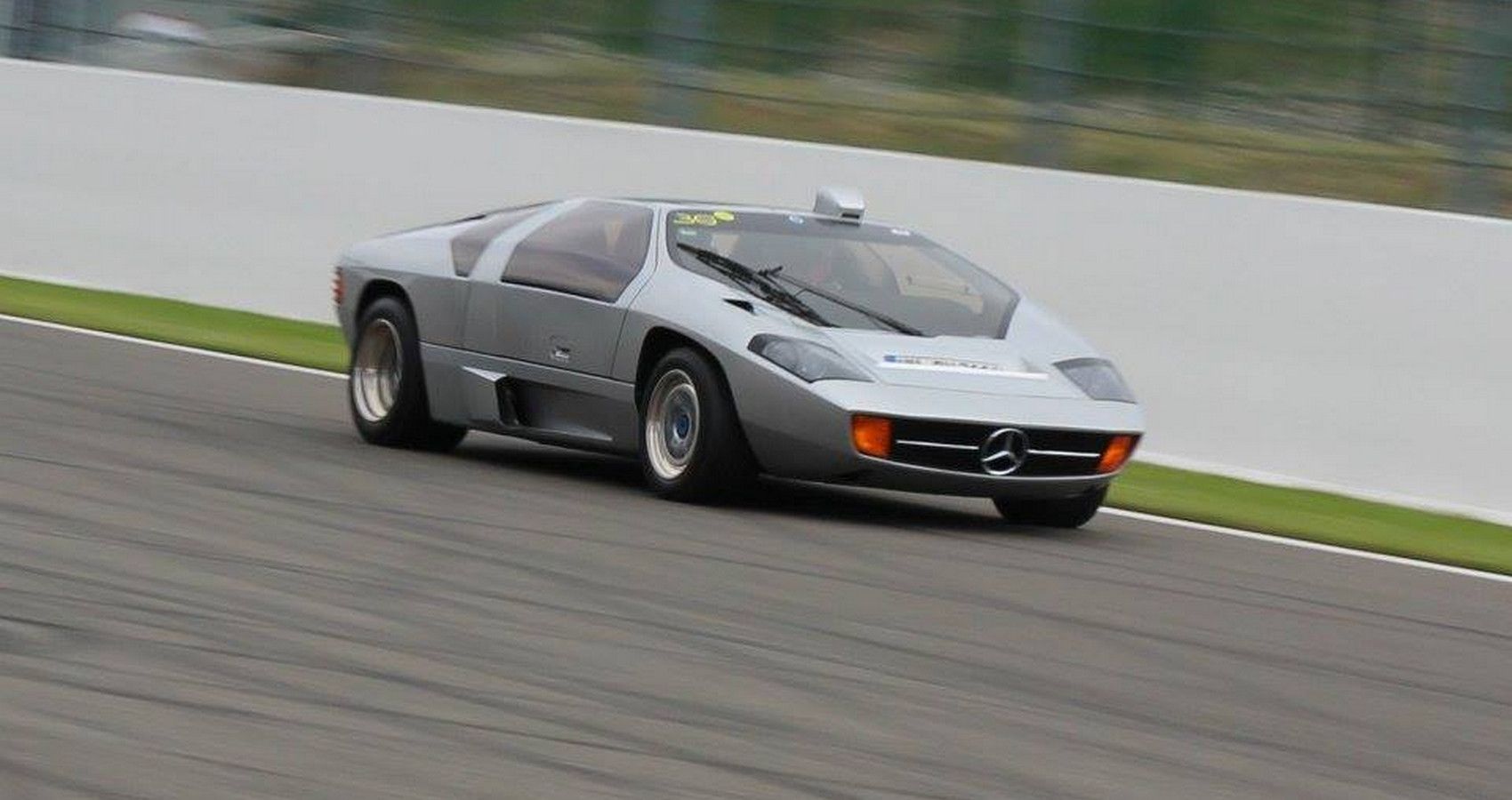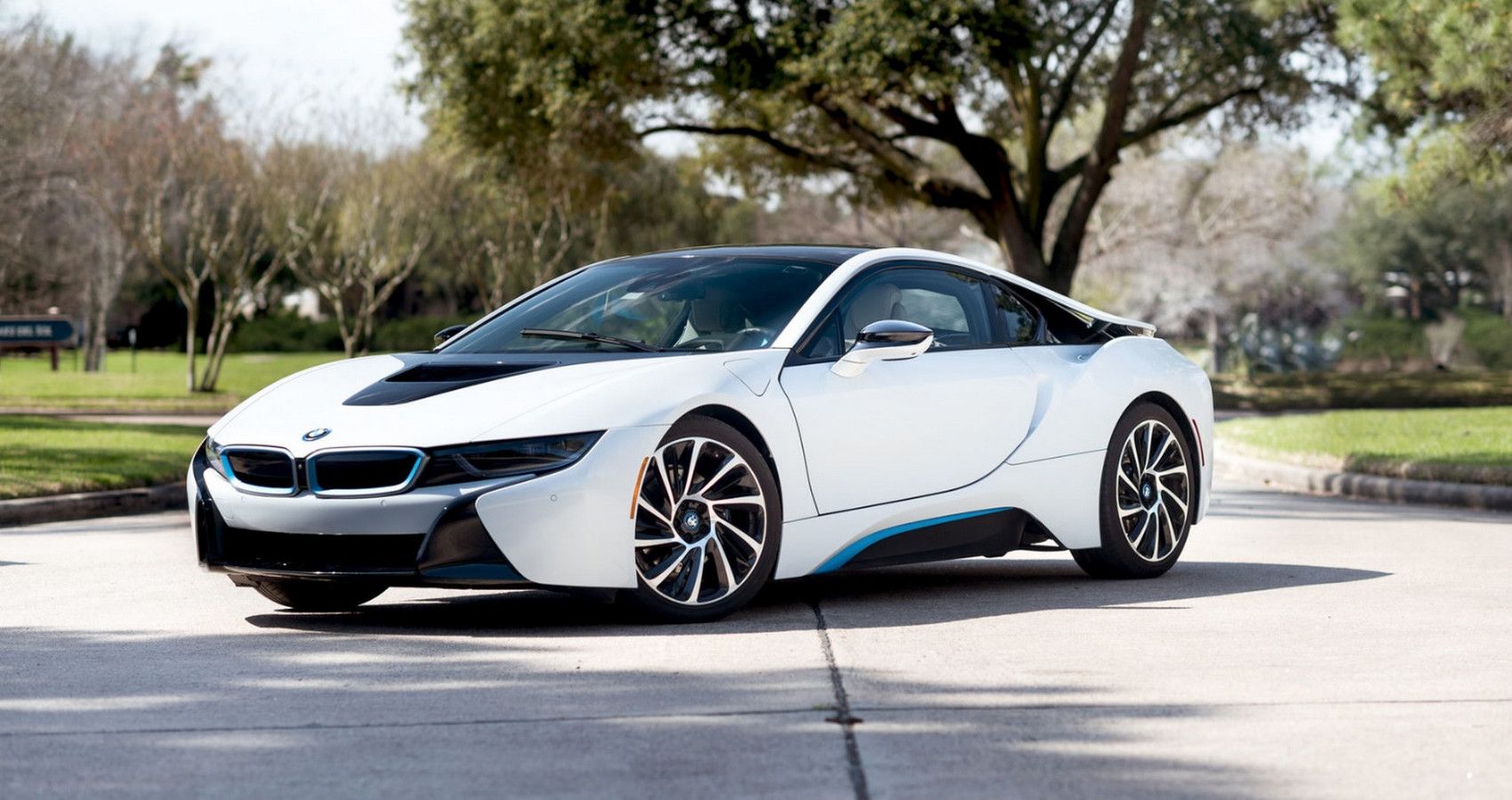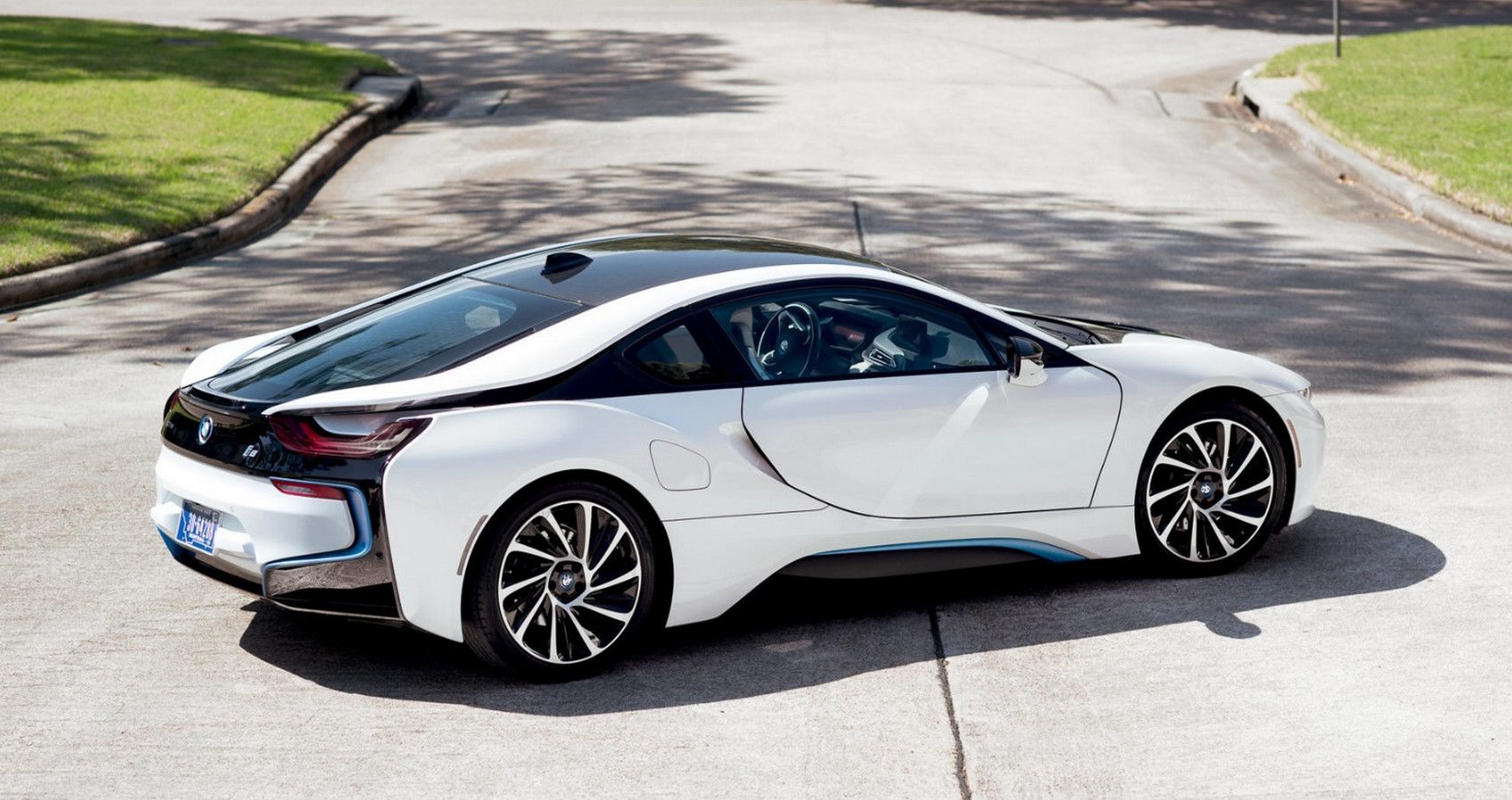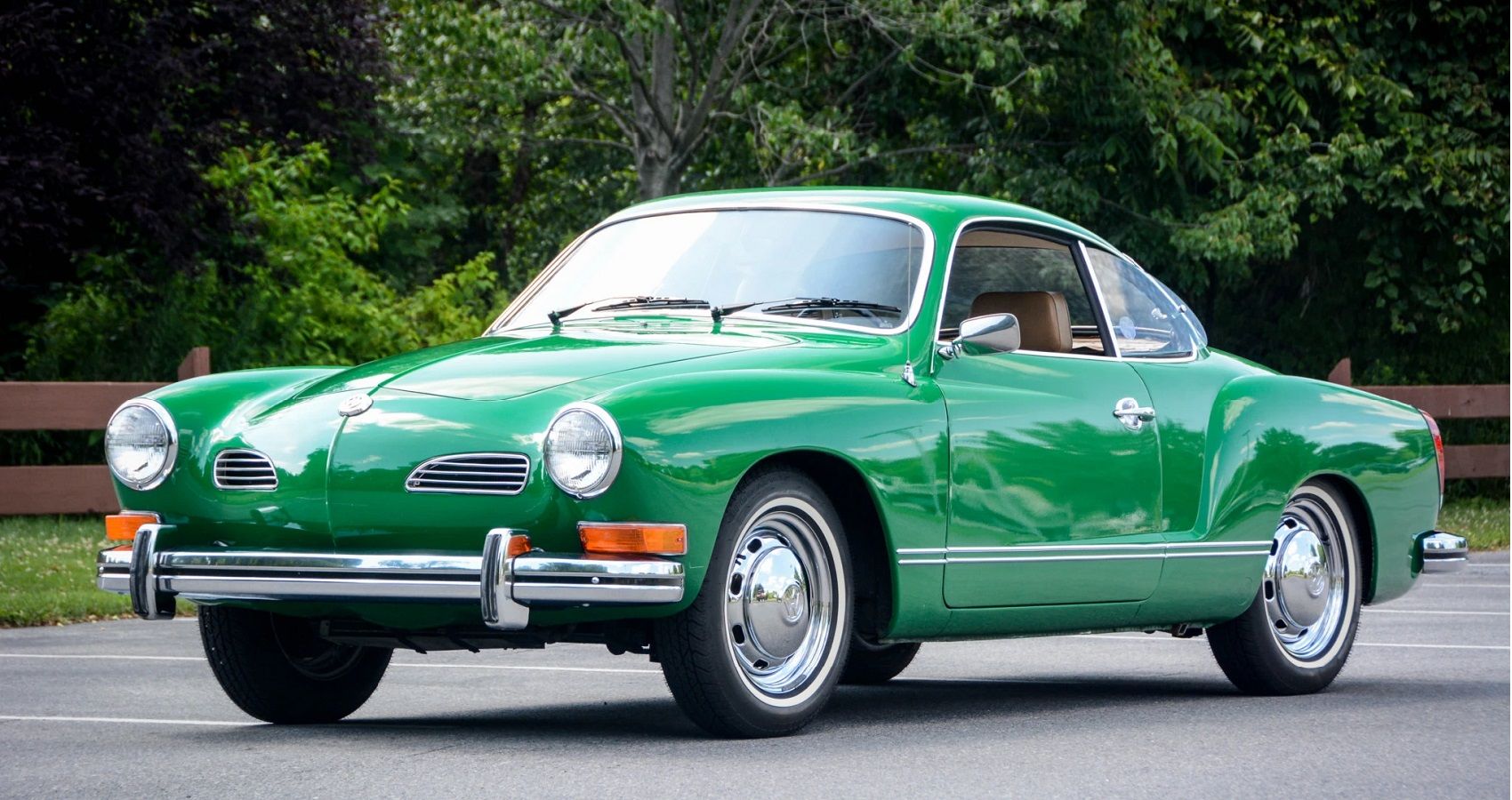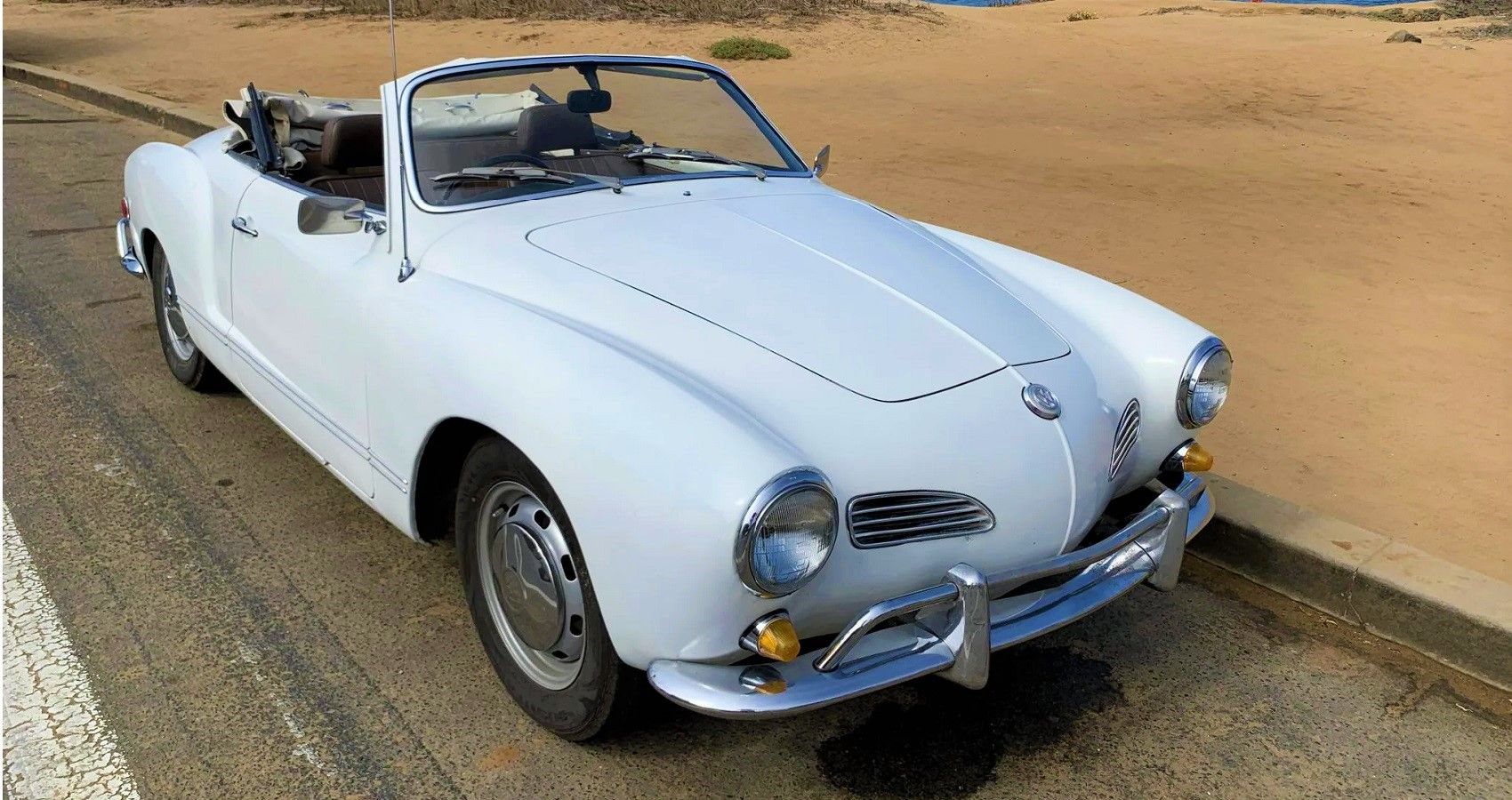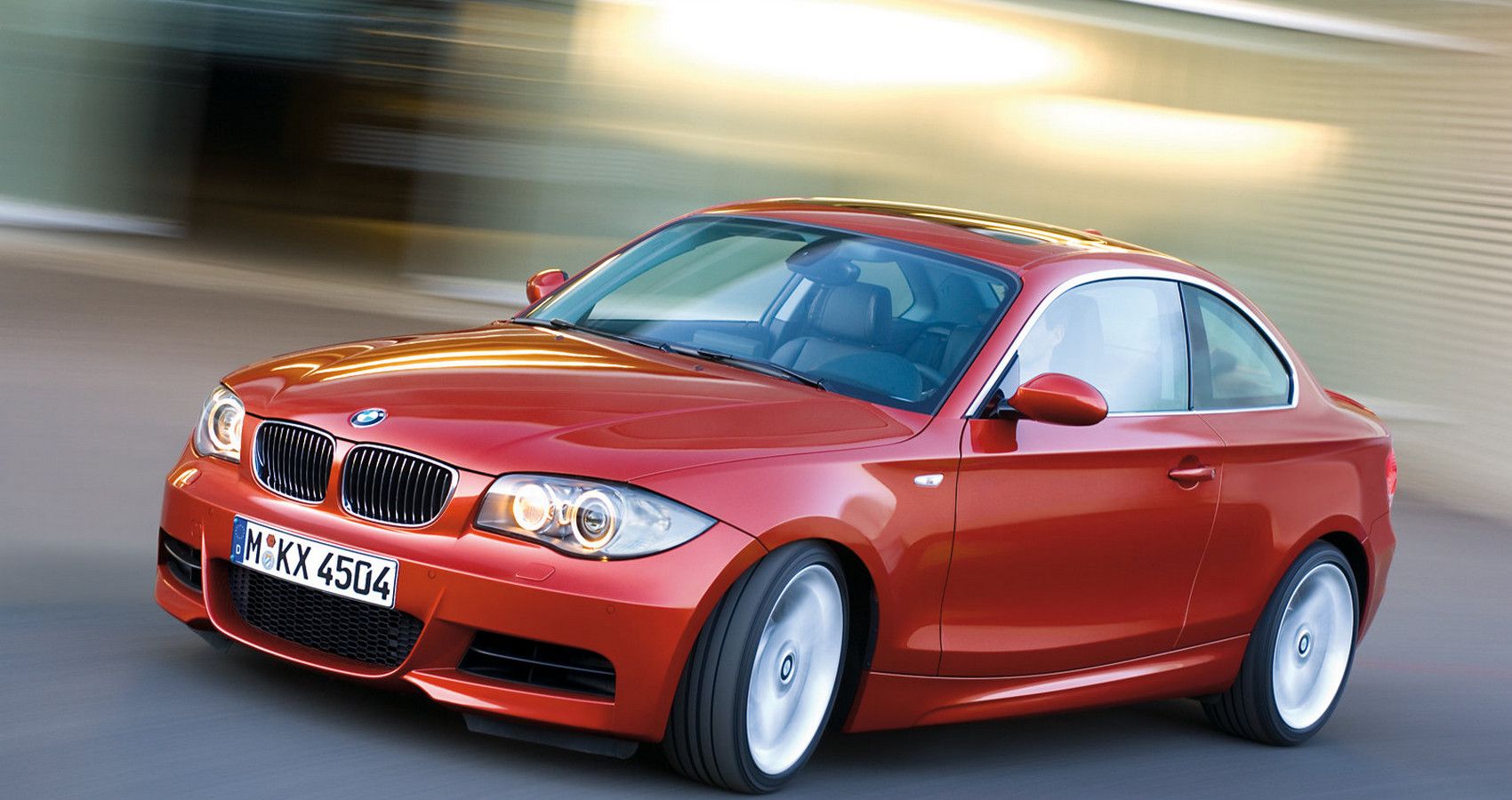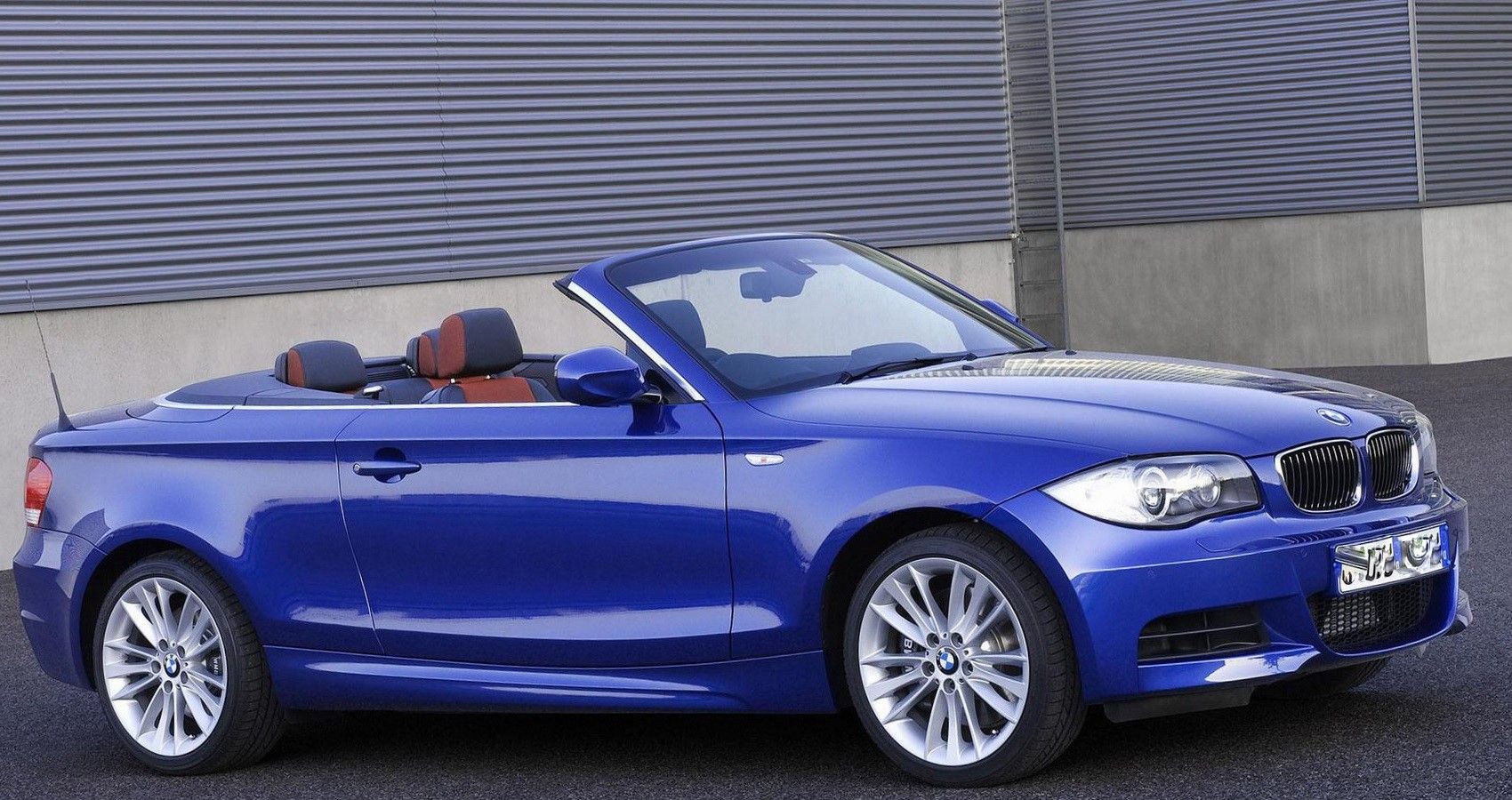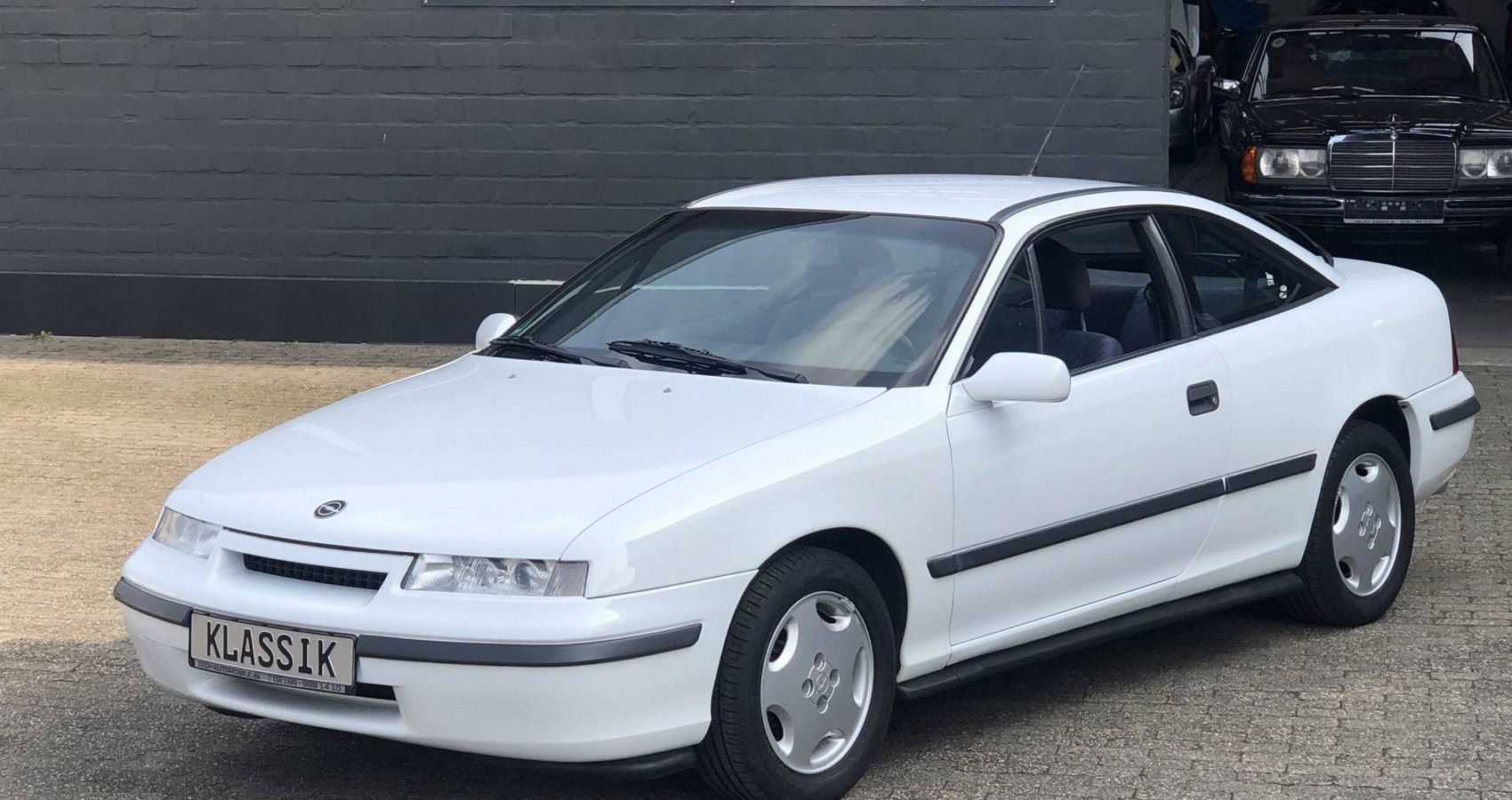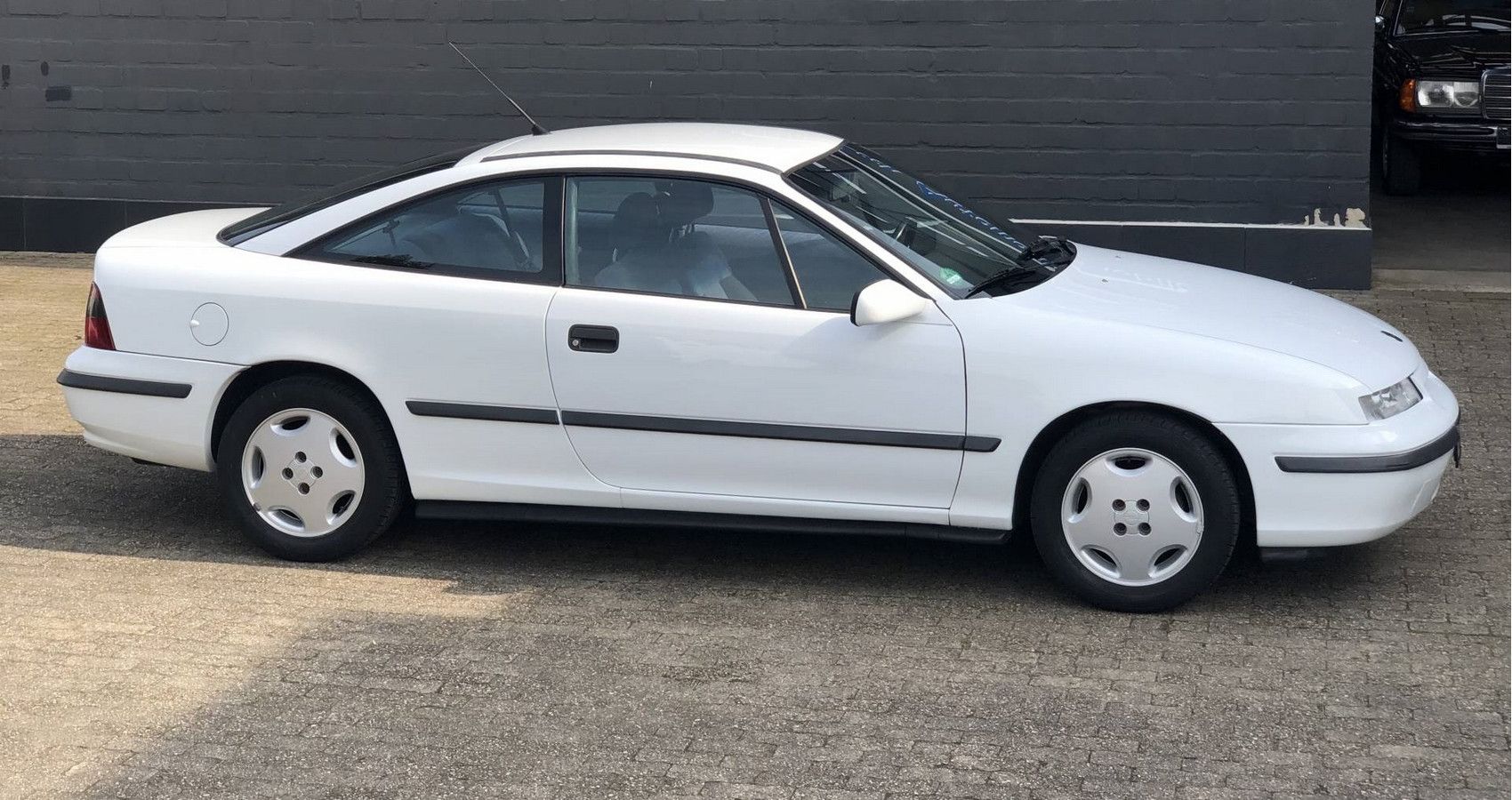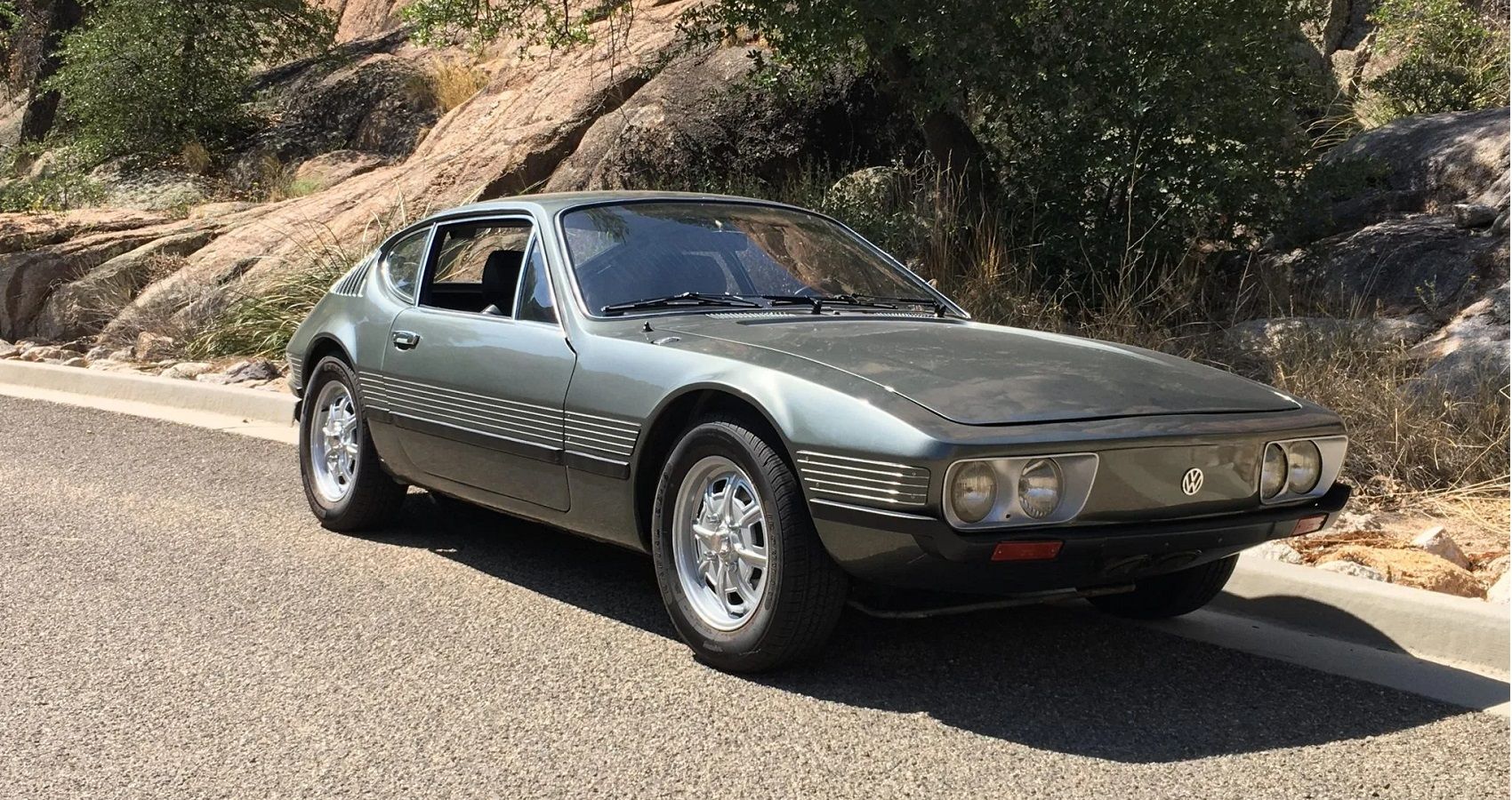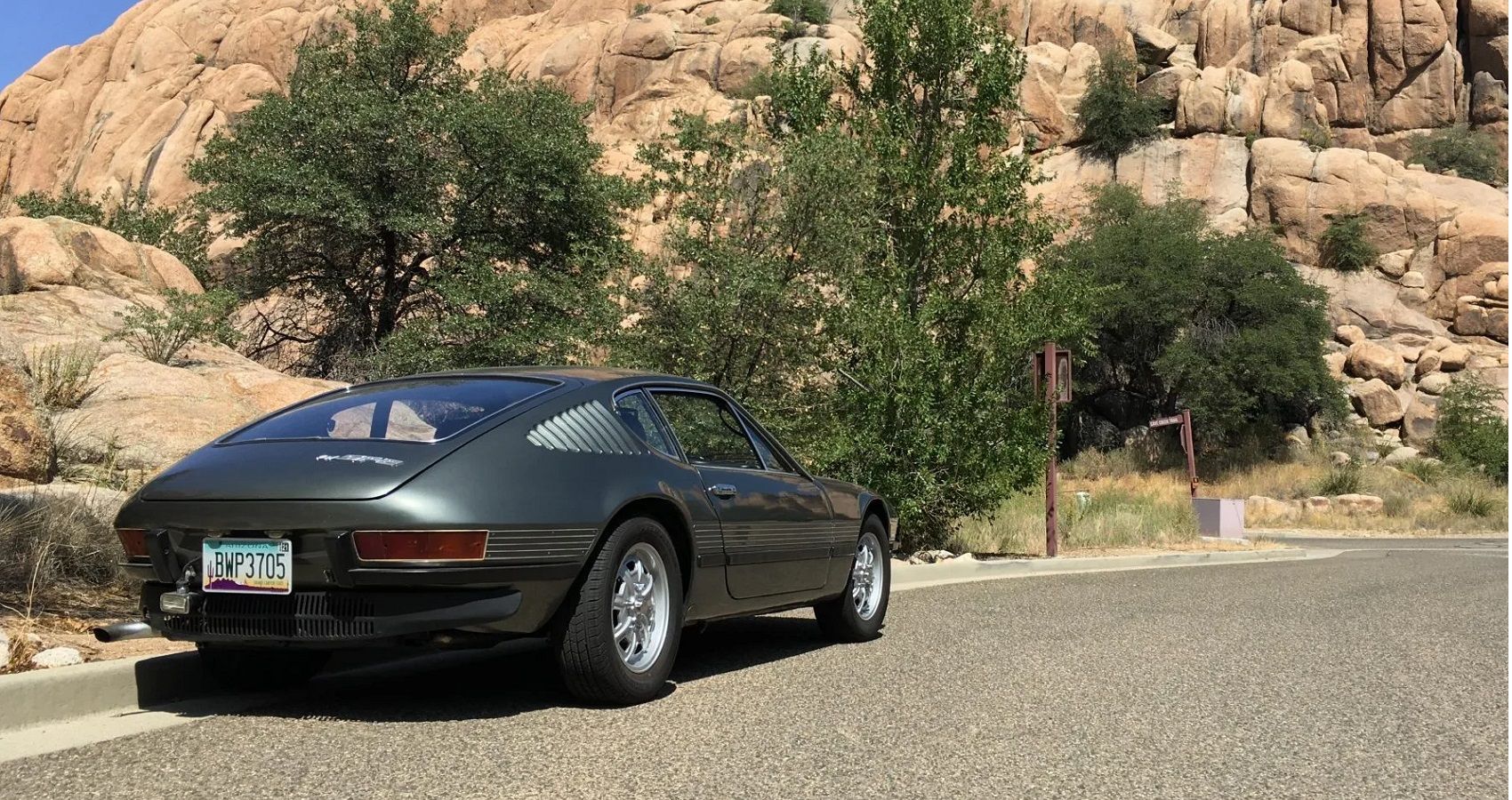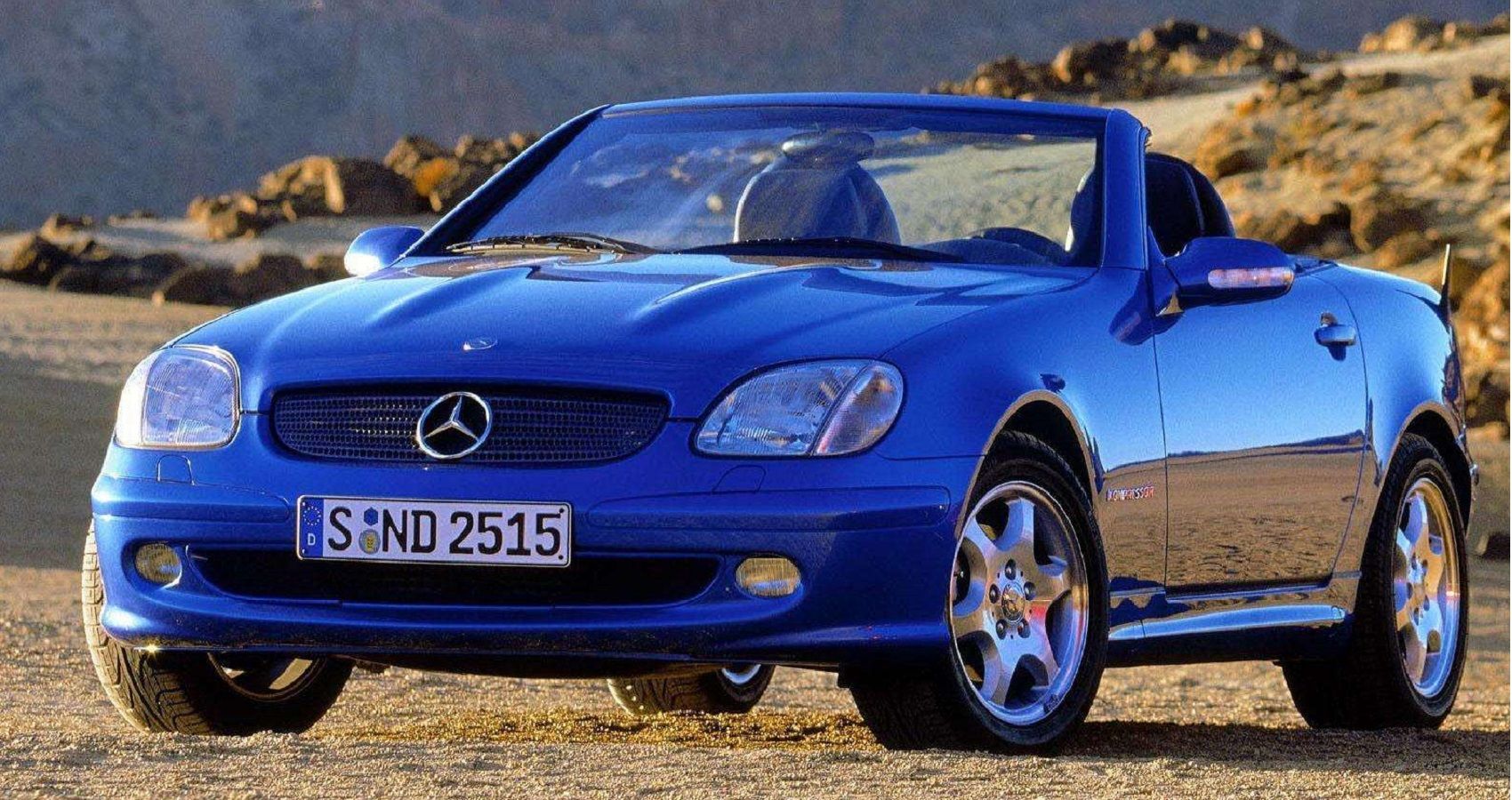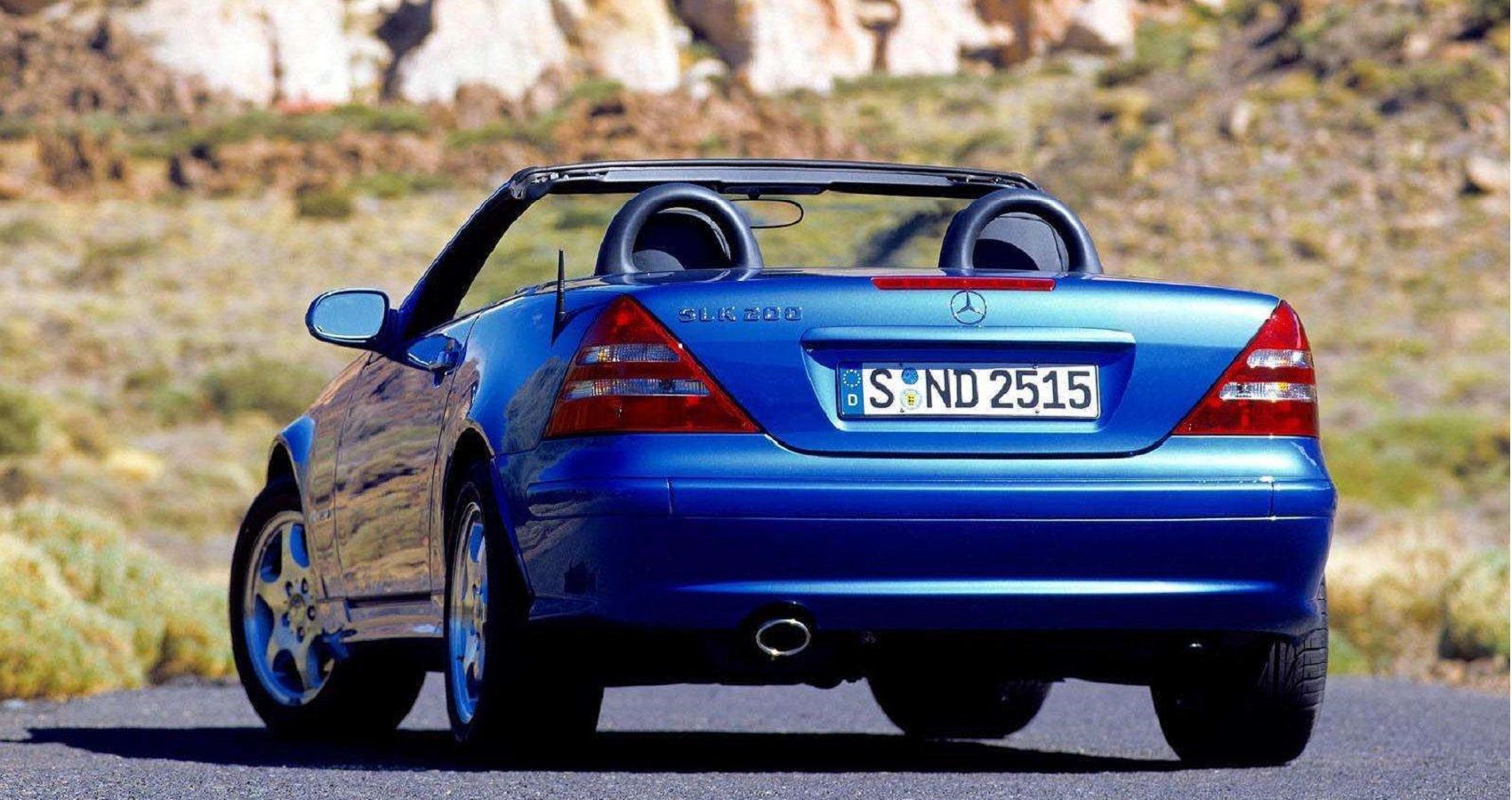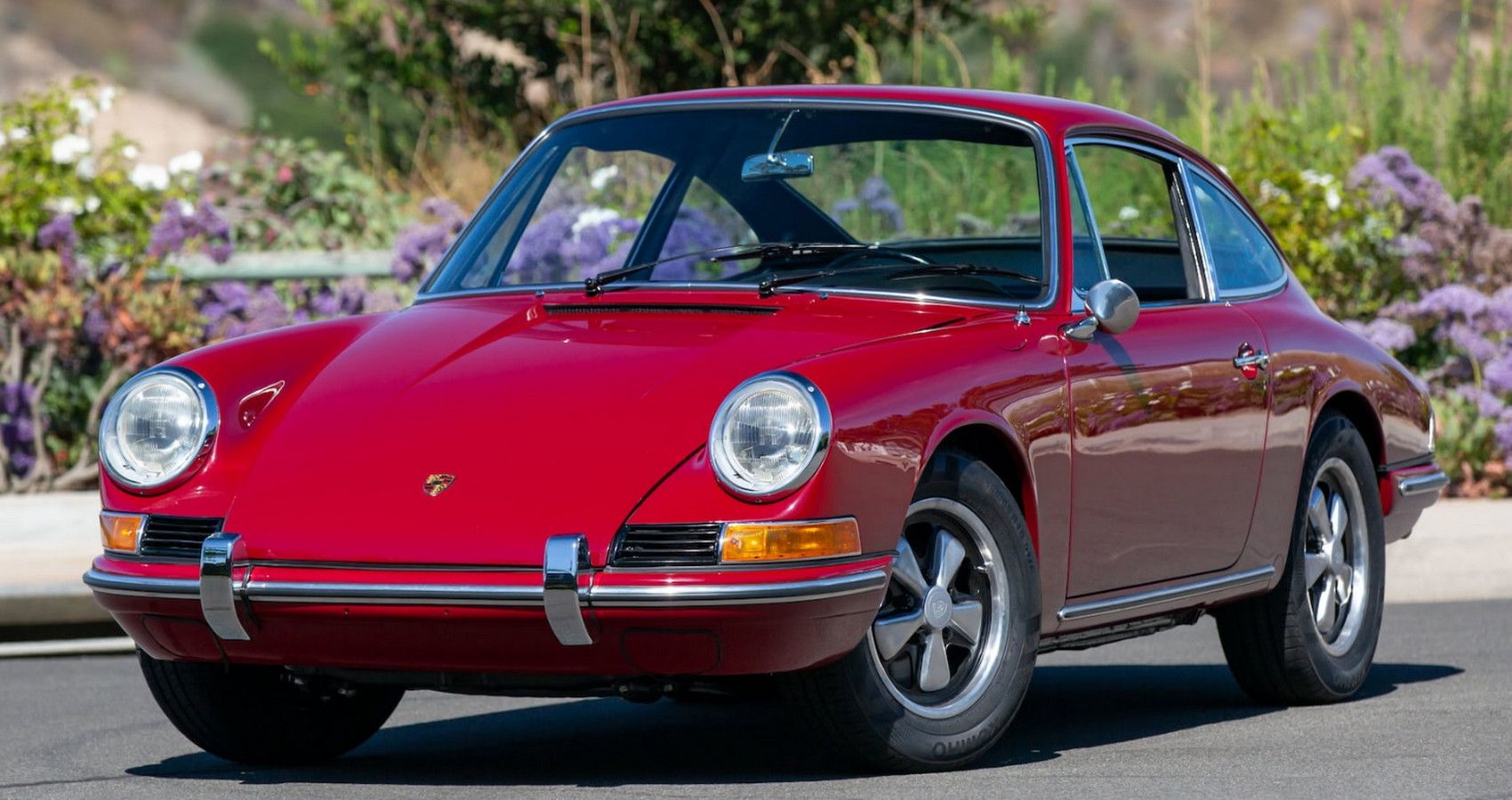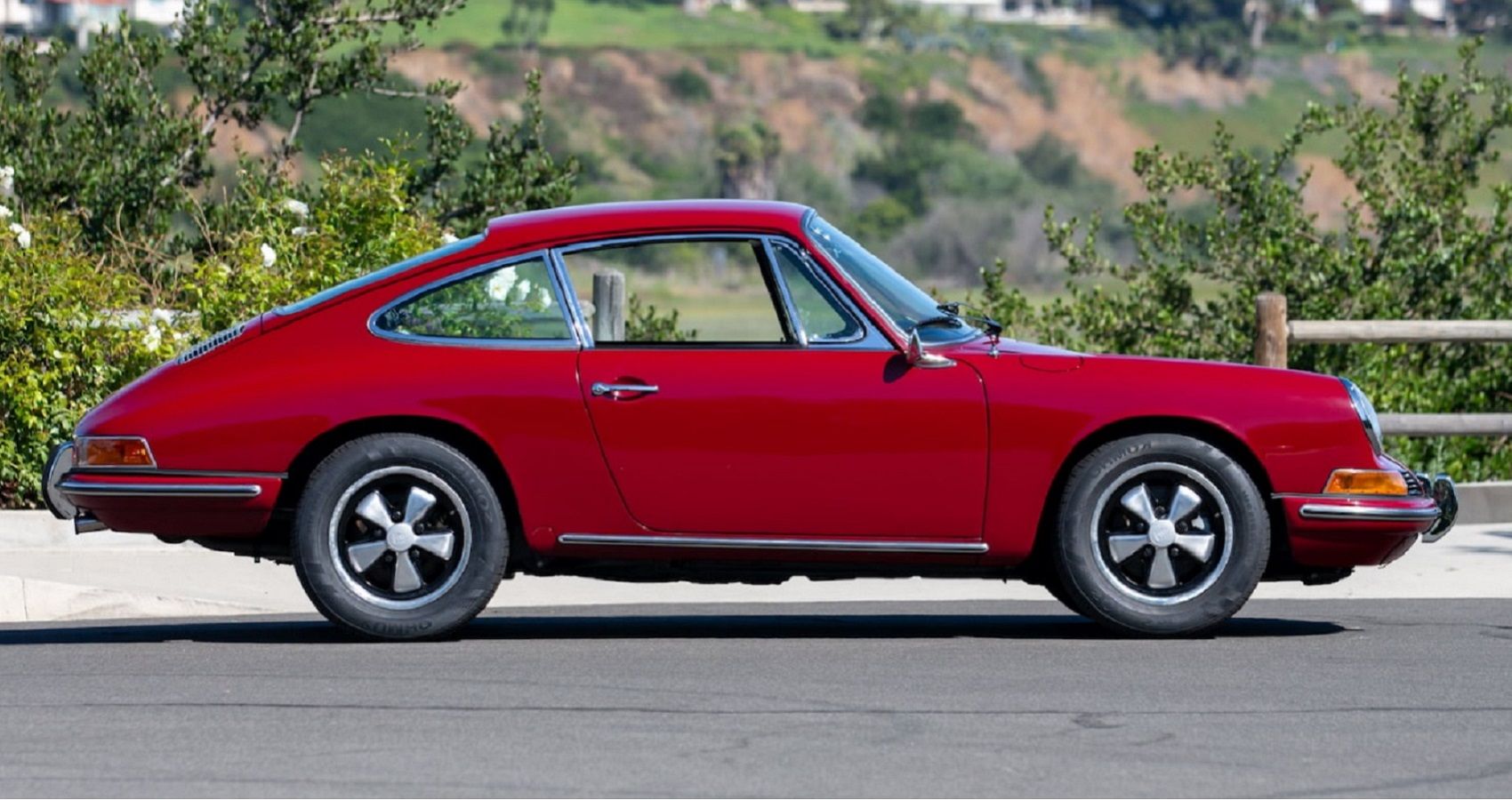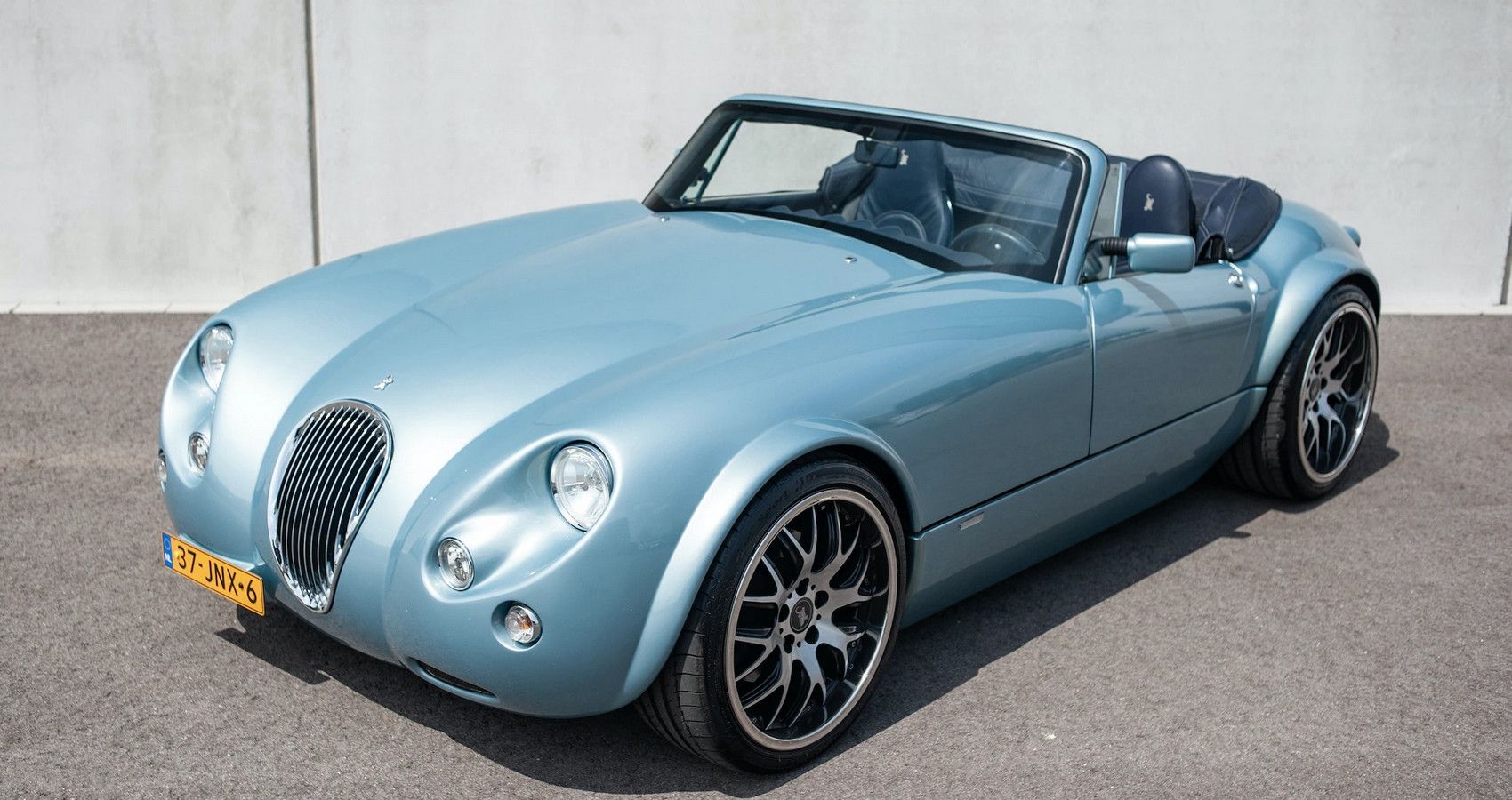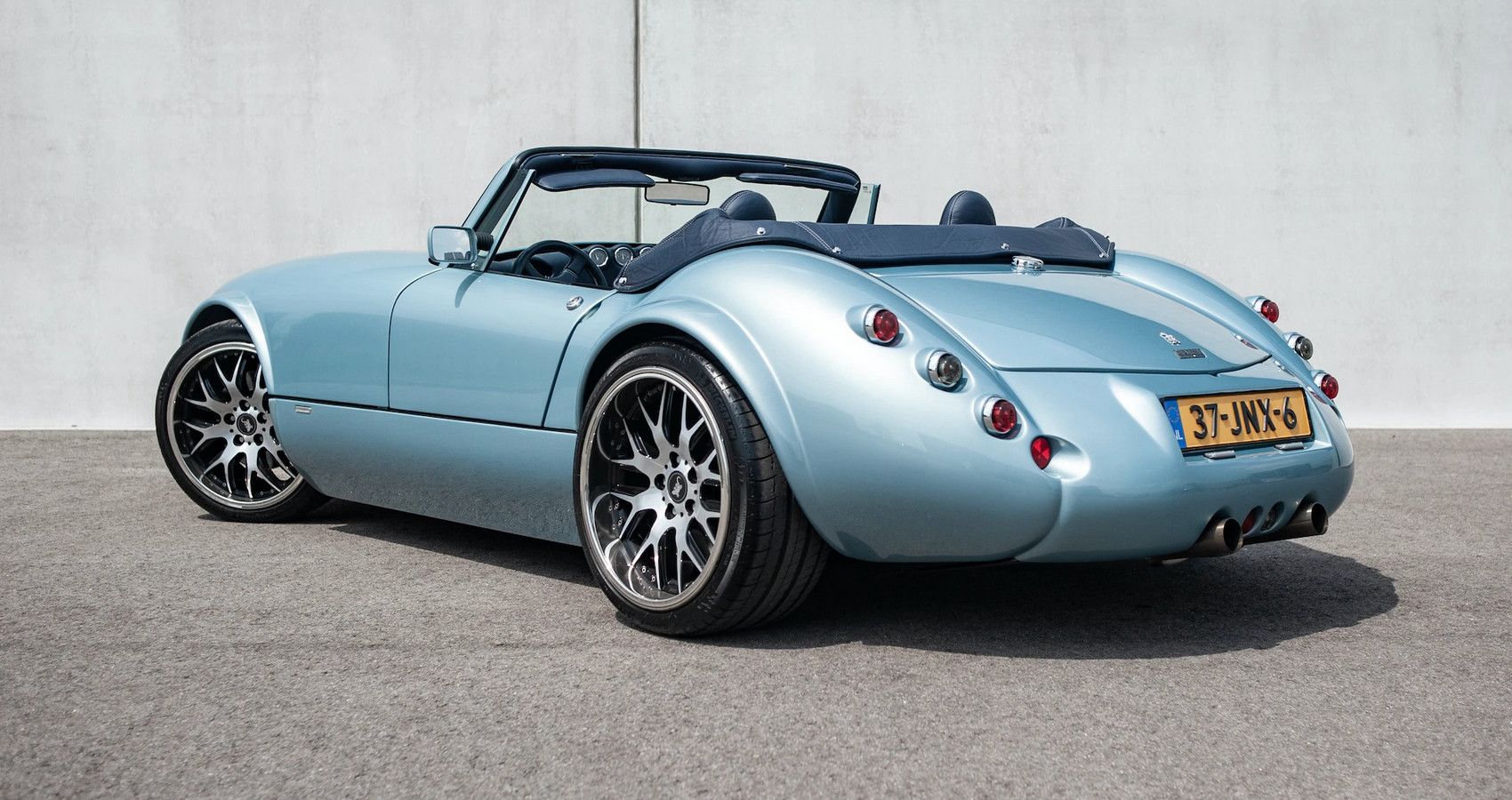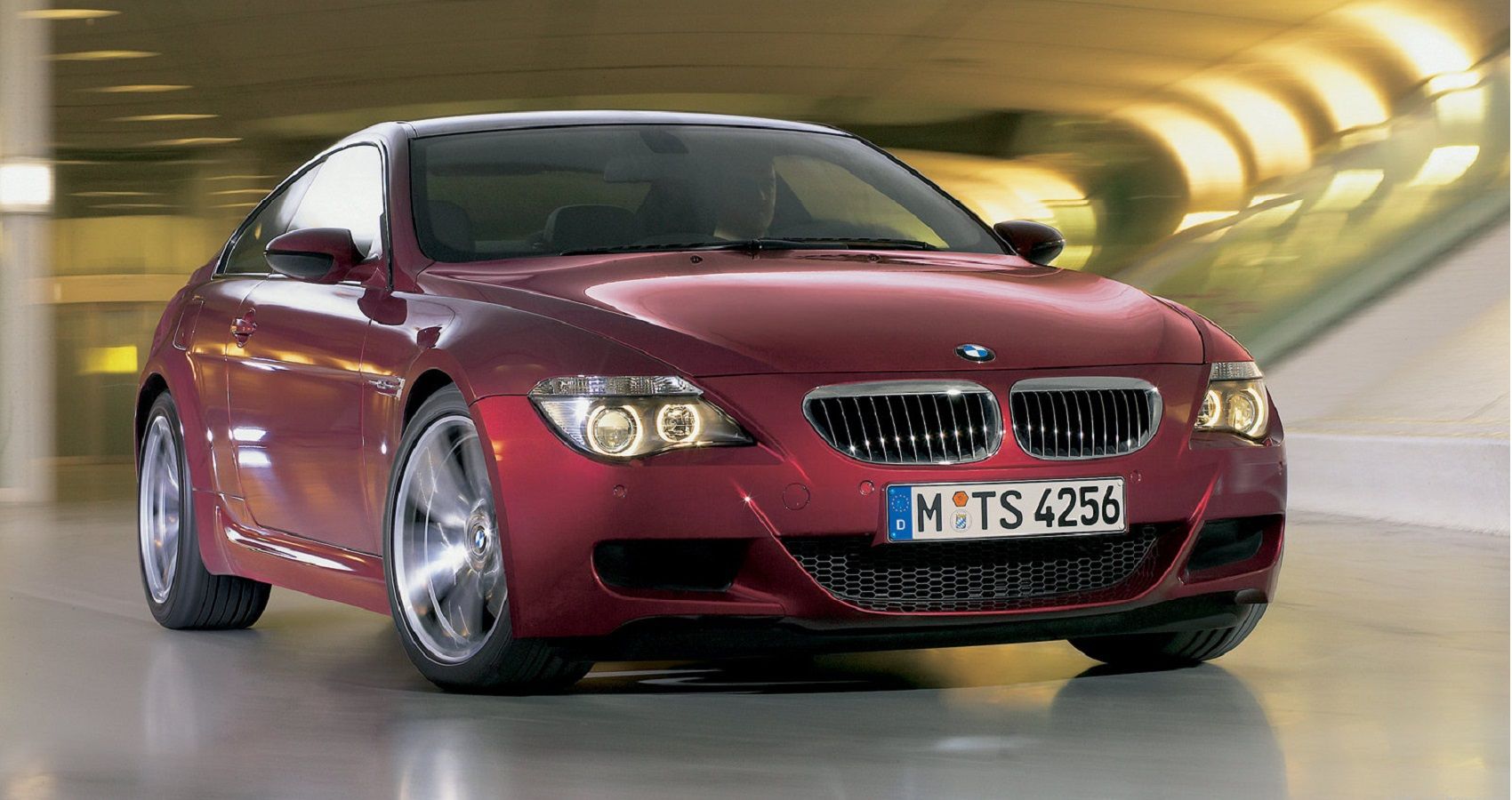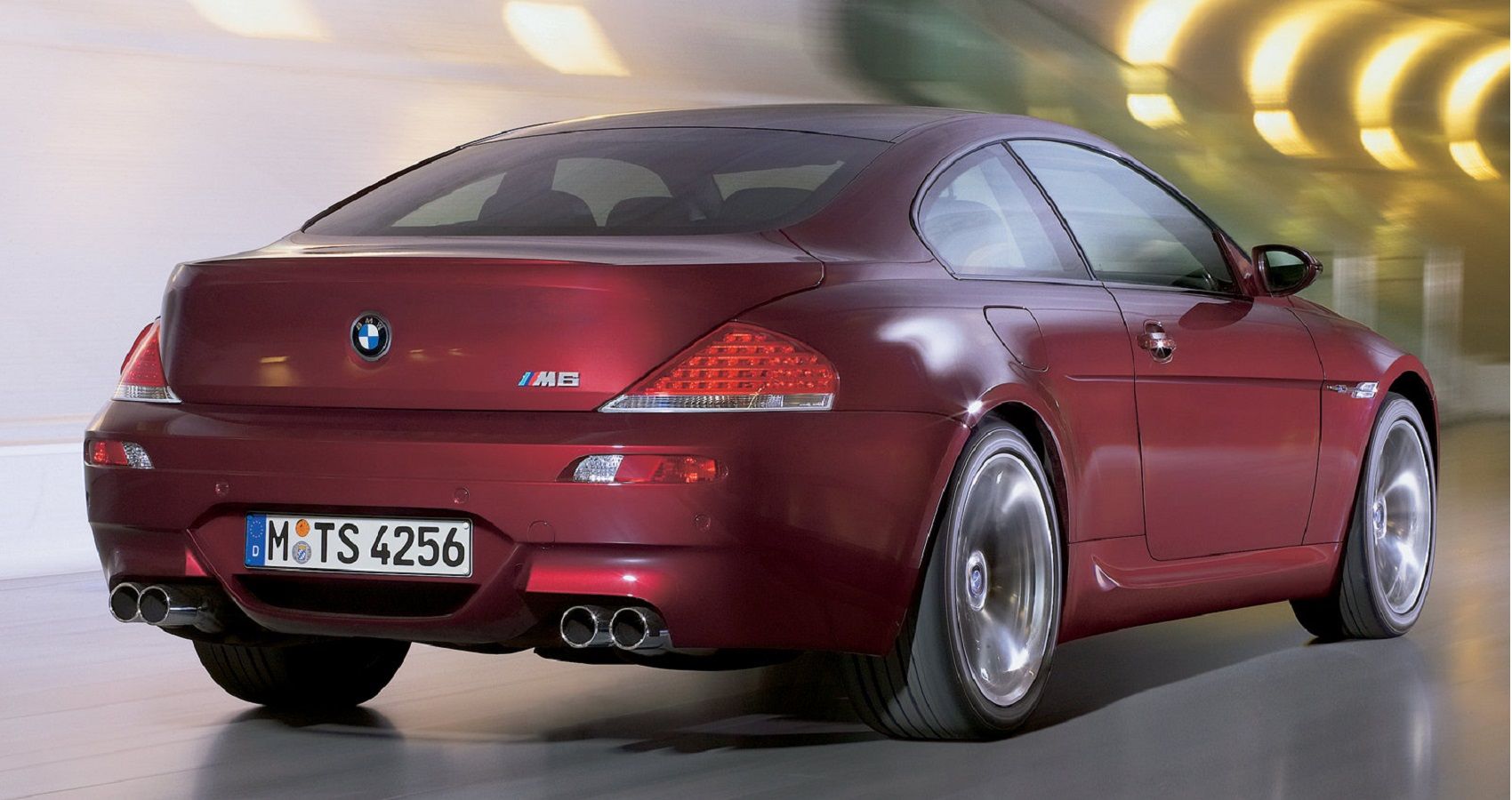These German sports cars are among the best designed and engineered cars in the world, but that doesn’t mean they are perfect.
For the most part, legendary quality has translated well to performance and driving thrills. Ask any gearhead who has been behind the wheel of a Porsche 911 supercar, and you’ll be met with high praise. Awesomeness, it would seem, goes a long way to covering up past indiscretions. Both the 914 and follow-up 924 fall well short of the mark.
In fact, momentary lapses in focus affect every German carmaker. Mercedes SL range has been subject to a few slip-ups, most notably reliability woes that blighted the R107 (1981 to ’85) and again with the R230. As for arch-rival BMW, the list of duds is even longer.
We’d suggest anyone considering a German sports car trust their own experiences and not what others say.
10 Isdera Imperator 108i
Mercedes-Benz concept turned low volume supercar, the Isdera Imperator screamed performance. Produced in low numbers from 1984 through to 1993, this is one of the rarest German sports cars, with a run of just 30 cars. Porsche designer Eberhard Schultz is credited with both the CW311 concept and the transition to production under Isdera branding.
Although Mercedes passed on the opportunity to build the CW311/Imperator themselves, the car contains a huge technical input from the German carmaker. Not least under the hood, where two Mercedes and later AMG engine configurations appeared. Despite lightweight fiberglass over steel construction, the Imperator isn’t as quick as you’d think, topping out at 176 mph.
9 BMW i8 – Too Few Cylinders
Awe-inspiring looks are what sets the BMW i8 apart from ordinary sports cars. Unfortunately for gearheads, the i8 uses a hybrid power train, and not necessarily in a good way. We get that BMW wanted to uphold its performance and reputation while looking to a greener future at the same time.
Going green involved combining a single electric motor and a gasoline engine cranking out 369 hp. However, it’s the gasoline part, we take offense at. BMW opting for a three-cylinder turbocharged 1.5-liter design robbing the i8 of its voice and soul.
8 Volkswagen Karmann Ghia – VW Bug, Take 2
The Karmann Ghia is one of the most successful cosmetics makeovers in history. Underneath those gorgeous lines lies the heart and soul of Volkswagen’s Beetle. Not that gearheads took the least notice, buying a staggering 486,000 units of Coupes and Roadsters by the end of production in 1975.
The Ghias air-cooled charms are hard to ignore. But performance junkies thinking this is a Porsche spin-off, will be sorely disappointed by the Beetle’s 1.3-liter flat-four engine. At best, putting down 49 hp with a respectable top speed of 93 mph, the Ghia is only marginally faster than a Bug.
7 BMW 1-Series – Weak Engine Choice
In either Coupe or Convertible guise, BMWs 1-series is a real head turner. In the E82/88, smaller really was better when it came to handling, thanks to an all aluminum multi-link suspension set-up. BMW even sensibly used a front-rear drive chassis avoiding the pitfalls associated with front-wheel-drive.
Perfection? Not quite. BMW made the fatal mistake of having too many engine options. At the bottom end, 1.6-liter engined cars cranked out 114 hp, needing an agonizing 10-seconds to reach 60 mph. However, adding insult to injury, BMW went a step further in the 1-Series downfall with a handful of diesels.
6 Opel Calibra – Platform Sharing At Its Worst
Desperate times call for desperate measures, but nothing can justify the Calibra’s misguided origins. The Calibra launched in 1989, receiving favorable praise for its world-beating 0.26 coefficient drag factor, a record that stood until 1999. However, it’s under the skin where Opel/Vauxhall dropped the ball.
Cost saving is a byword for cheap and a practice that would ruin the Calibra’s reputation as a sports car. The Calibra shared its chassis with GM’s Vectra range of mid-sized sedans including a front-wheel-drive set-up. Admittedly, the 4WD turbo model improved things considerably, but the Calibra still handled no better than the sedan it was based upon.
5 Volkswagen SP2 – Underpowered And Outperformed
Volkswagen’s little known SP2, Special Project, Sport Prototype or São Paulo. Designed specifically for the burgeoning South American market and as a replacement for the Karmann Ghia the SP2 arrived in 1973 and quickly fizzled out three years later.
Despite the gorgeous modern two-door coupe styling, Volkswagen Brazil only managed to find 10,000 or so customers. In part, the SP2s poor sales were due to other domestic brands that were quicker and cheaper. Under the rear deck power came from VW’s air-cooled flat-four engines that cranked out 75 hp. Dismal performance didn’t go unnoticed, the SP tag taking on the unfortunate “Sem Potencia” nickname, Brazilian for without power.
4 Mercedes-Benz SLK – Ruined By A Manual Transmission
Mercedes isn’t in the habit of building compact sports cars. In 1996, the SLK or R170 roadster surprised gearheads with a nimble two-seater boasting several sporty engine options. While for some the looks might be a little restrained, there’s nothing to dislike about how the SLK goes.
There are some anomalies surrounding the SLK 200 Kompressors engine. In 1996 Mercedes M111 (943) 2-liter motor produced 189 hp only to be neutered for 2000 with just 161 hp. However, a sense of normality resumed with a larger 2.3-liter option the same year. The best compact Mercedes sports car? Yes, unless you’re swapping cogs with the ponderously slow 5-speed Getrag manual.
3 Porsche 912 – Confusing Identity
Confused by Porsches unfathomable model numbering system? You’re not alone. The Porsche 912 for all intents and purposes shares nearly all the 911s performance ingredients. Throw a higher model number into the mix, and you’d be justified in thinking the 912 was better. However, this is Porsche.
Unfortunately for gearheads, the 912 was the entry-level model based upon its more famous 911 siblings’ teardrop styling. Slung out back air-cooled 1.6-liter boxer engines cranked out 90 hp meant the 912 topped out at 112 mph.
2 Wiesmann MF3 – Inherited BMW Issues
If you’re a fan of retro-styled modern sports cars, the Wiesmann MF3 is worthy of serious attention. Attention-grabbing fiberglass curves atop a galvanized tubular chassis with MacPherson struts all around are clues to Wiesmann’s performance intentions. A theme continued under the hood with a straight-six BMW engine putting down 343 hp.
Sharing its engine with BMW’s M3 brings its own problems. The S54 isn’t one of BMWs most reliable engines and suffers from a high failure rate relating to water pumps and BMW’s VANOS system.
1 BMW M6
BMW M-Branding has long been an indicator of superior performance. The M hierarchy is simple to follow; M1 to M4s are sports cars, with the M5 an oddly addictive super sedan combing speed and practicality.
Launched in 2005, the M6 (E63/E64) deviates from BMWs vision of the ultimate driving machine. Both the Coupe and Convertible featured a 5.0-liter V10 cranking out 500 hp with a limiter reining in the fun at 155 mph. Weight and size are the M6’s Achilles heel. Lesser M-badged models are both faster and cheaper.
